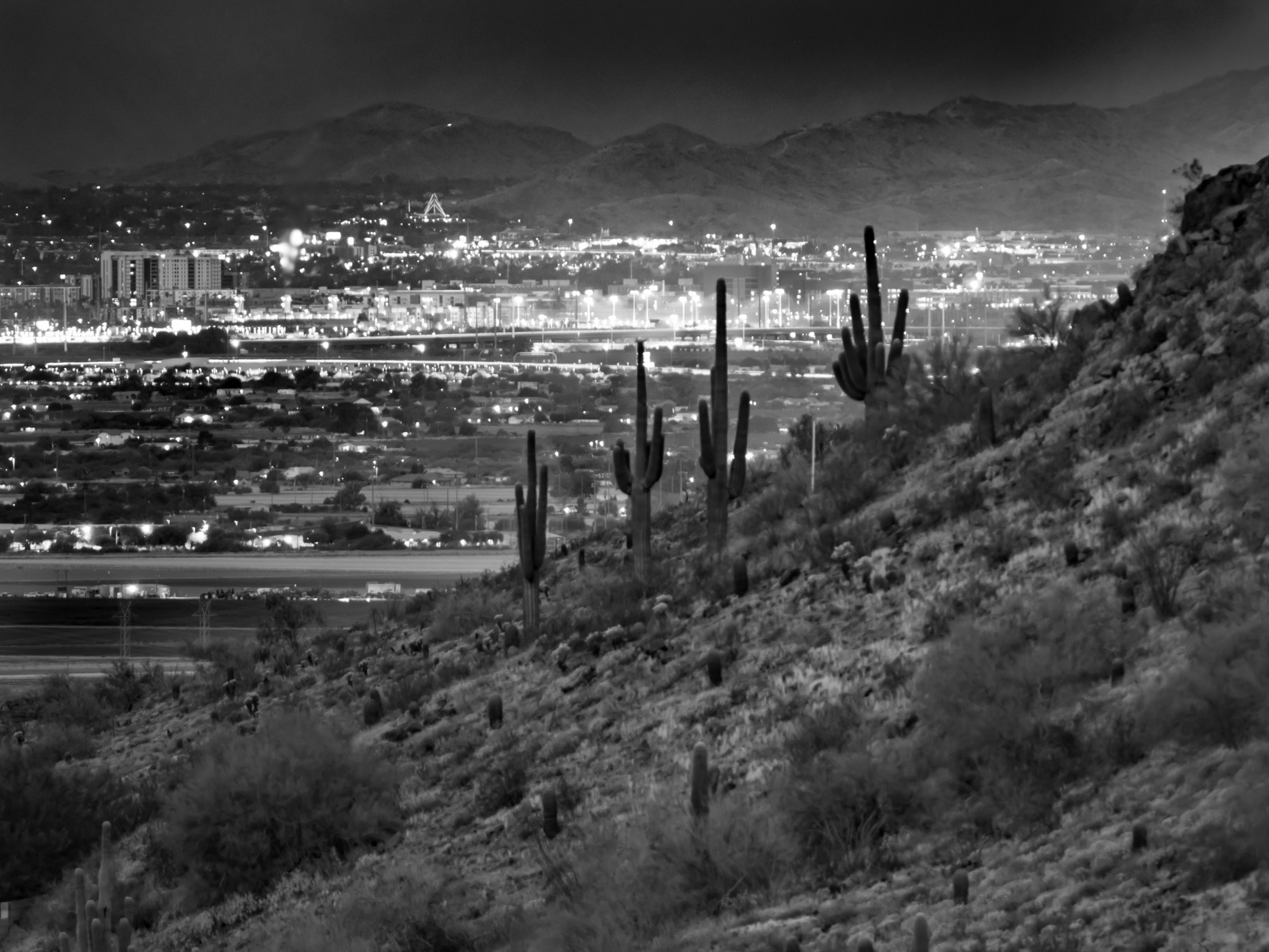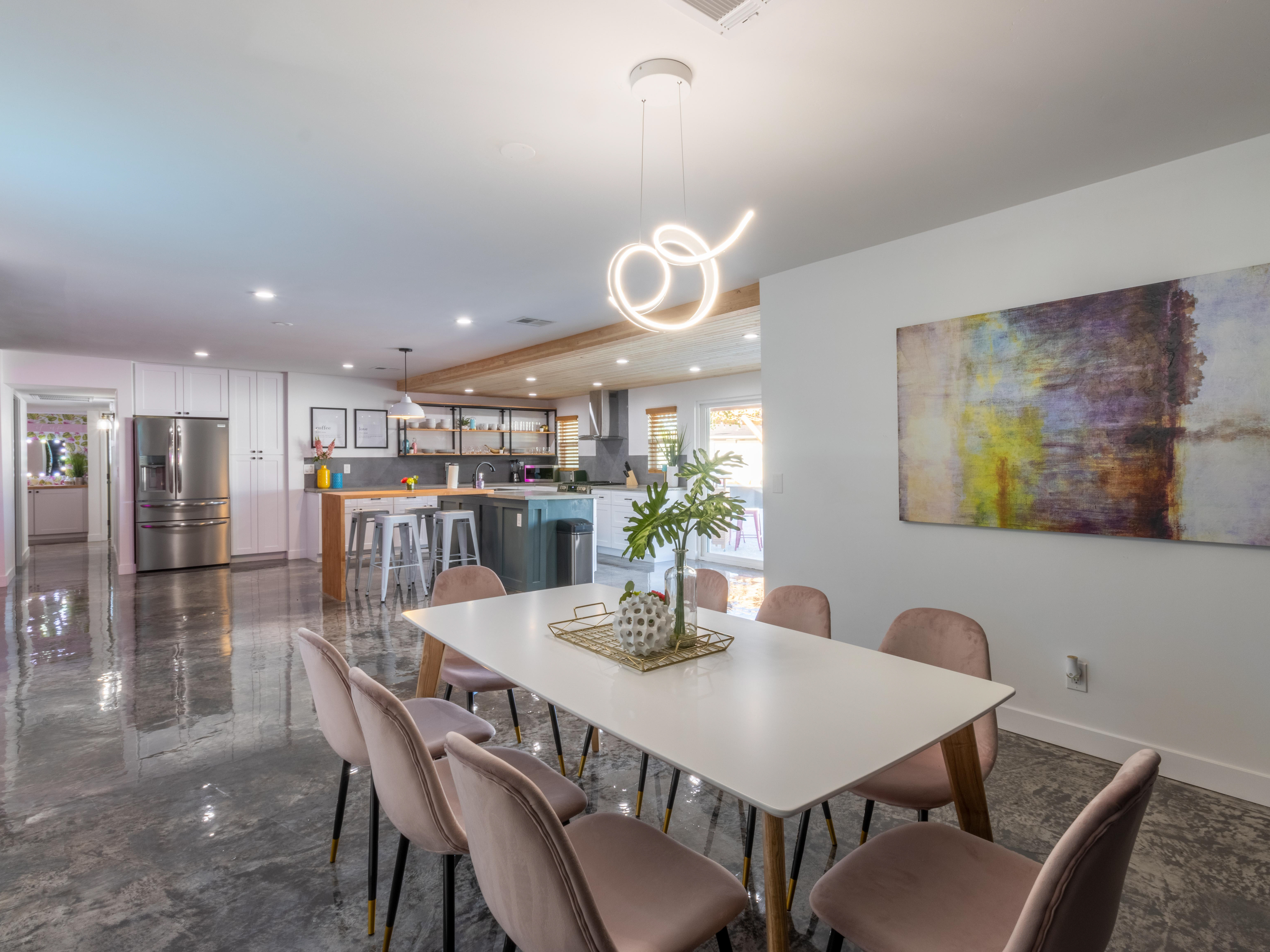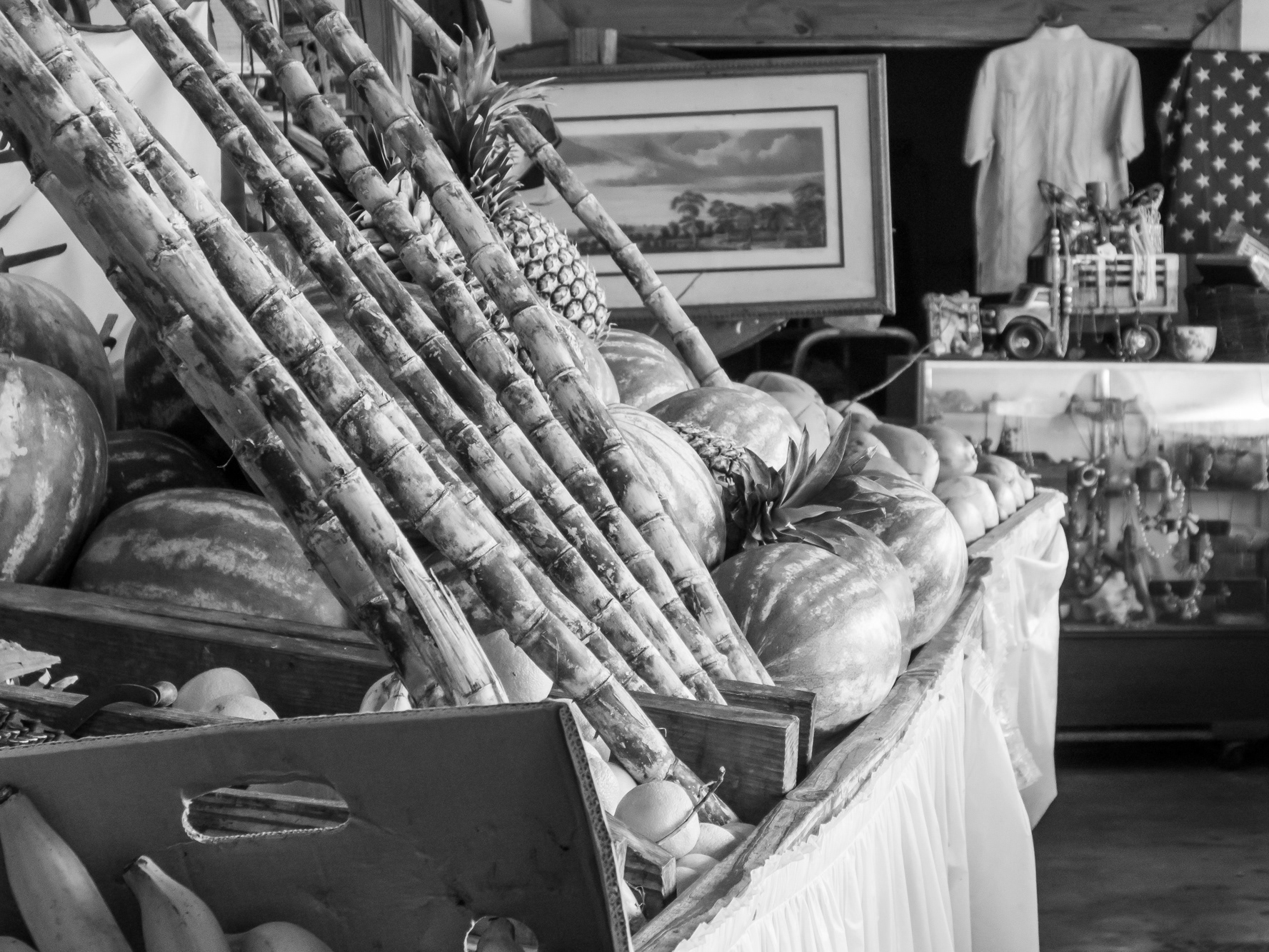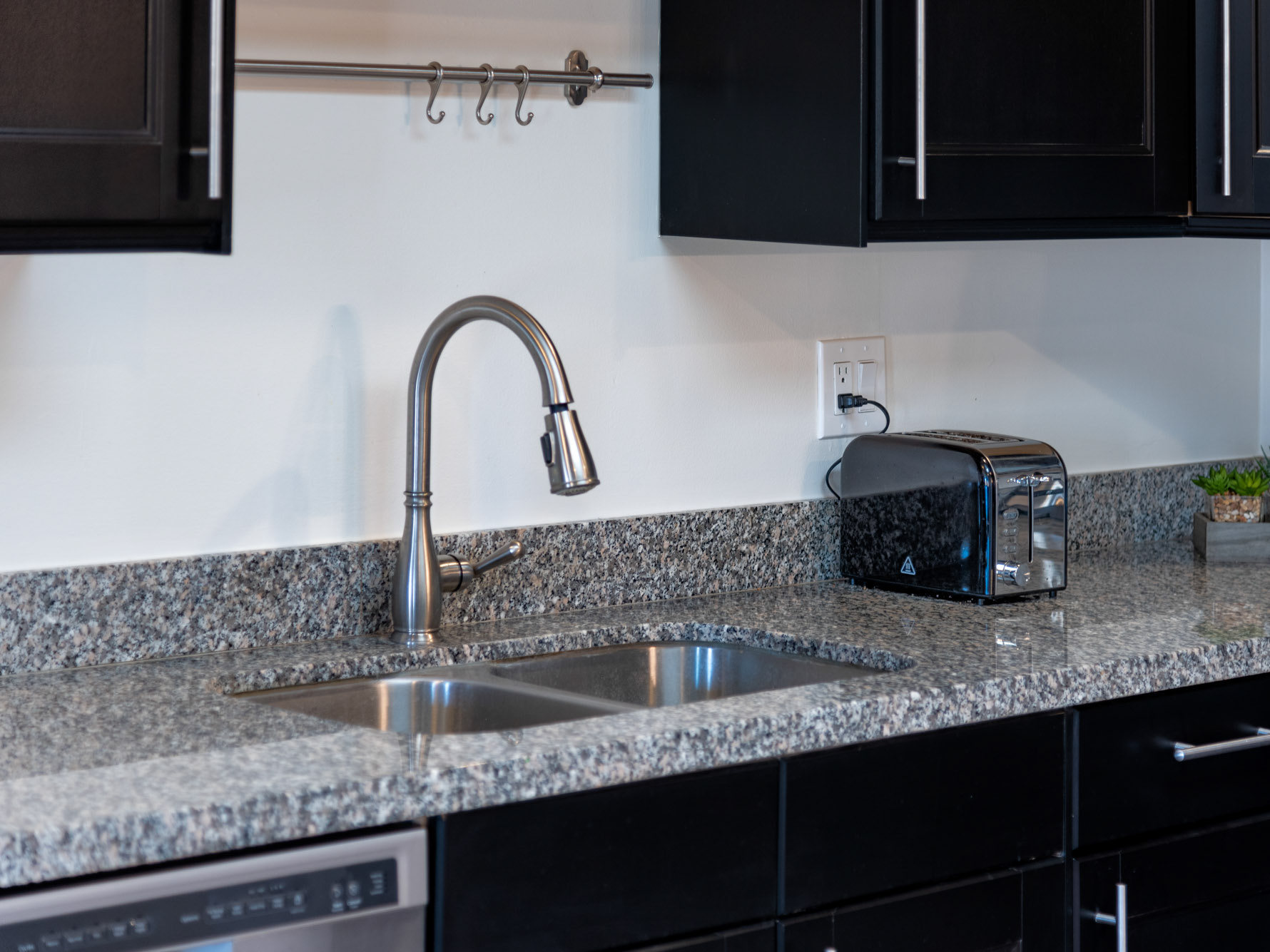By Hernan H. Mendez
Real estate photography is a specialized field that requires the right equipment to capture stunning, high-quality images that showcase properties in their best light. In this guide, we'll look at my personal gear setup for real estate photography, including the camera, lens, tripod, and flash. Discover the essential tools for success and learn how to create professional real estate images that stand out.
Camera: Canon R5
As a real estate photographer, a reliable and high-performing camera is essential. I use the Canon R5, a full-frame mirrorless camera that perfectly balances speed, resolution, and image quality. The R5 features a 45-megapixel sensor, which allows me to capture sharp, detailed images with excellent dynamic range, ideal for showcasing property interiors and exteriors.
The camera's autofocus system is fast and accurate, ensuring that every image is tack-sharp, even in challenging lighting conditions. Additionally, the Canon R5's high-resolution electronic viewfinder and fully articulating touchscreen make it easy to compose shots from various angles, particularly useful in tight spaces often found in real estate photography.
Lens: Canon EF 16-35mm F4 Series L
When it comes to real estate photography, a wide-angle lens is essential to capture the full scope of a room or property. I use the Canon EF 16-35mm F4 Series L lens for its versatility and image quality. This wide-angle zoom lens allows me to capture images with minimal distortion, which is crucial for accurately representing property dimensions and features.
The Canon EF 16-35mm F4 Series L lens also has a constant aperture of f/4 throughout its zoom range, ensuring consistent exposure and depth of field control. The L series designation signifies that this lens is part of Canon's professional line, featuring top-notch build quality, weather sealing, and sharp image quality.
Tripod: Manfrotto Tripod
A sturdy and reliable tripod is crucial for real estate photography, as it helps ensure sharp images and allows for precise framing and composition. I use a Manfrotto tripod for its stability, durability, and ease of use. Manfrotto tripods are known for their high-quality construction and smooth, precise adjustments, making them perfect for the demands of real estate photography.
A tripod with a robust and stable base is essential for capturing long exposures, bracketed shots, and HDR images often used in real estate photography. The Manfrotto tripod provides a solid foundation for my Canon R5 and 16-35mm lens, ensuring that my images are always sharp and well-composed.
Flash: Godox AD200 Pro
Lighting is a critical element of real estate photography, and a powerful, versatile flash is an essential tool for controlling light in various shooting scenarios. I use several Godox AD200 Pro flashes for their power, portability, and ease of use. This compact, battery-powered flash offers 200Ws of power, which is more than enough to illuminate large rooms and balance ambient light.
The Godox AD200 Pro is compatible with a wide range of light modifiers, making it easy to shape and control light for the desired effect. Additionally, the AD200 Pro features TTL and High-Speed Sync (HSS) capabilities, allowing for seamless integration with the Canon R5's flash system and greater flexibility in exposure settings.
Conclusion
The right gear is essential for capturing stunning real estate images that showcase properties in their best light. My personal setup, featuring the Canon R5, Canon EF 16-35mm F4 Series L lens, Manfrotto tripod, and Godox AD200 Pro flash, provides the versatility, image quality, and control needed to excel in this specialized field.










